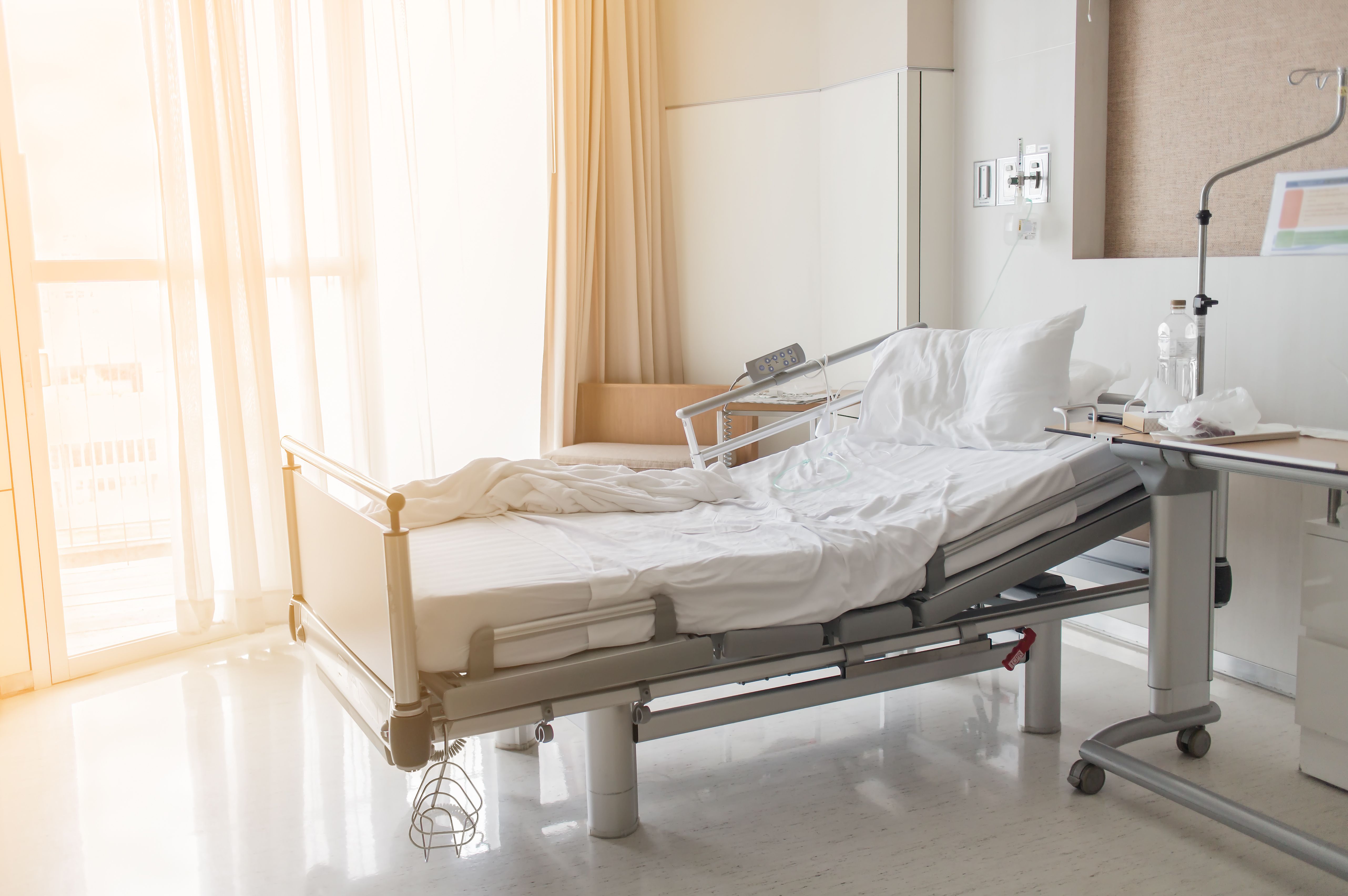- Center on Health Equity & Access
- Clinical
- Health Care Cost
- Health Care Delivery
- Insurance
- Policy
- Technology
- Value-Based Care
Uncomplicated UTIs Tied to Greater Hospitalization Risk, Higher Health Care Costs
A study reveals higher health care costs and resource use for uncomplicated urinary tract infections (uUTIs), emphasizing the need for improved patient management strategies.
Compared with matched controls, all-cause health care resource use (HCRU) burden and costs are significantly higher in patients with uncomplicated urinary tract infections (uUTIs), according to a study published in BJGP Open.1
The researchers identified a lack of data on the factors influencing uUTI disease progression, the prevalence and consequences of non-concordant prescribing, and the associated economic burden in England. To address these gaps, they conducted a retrospective cohort study of community-acquired uUTIs among female patients across England.
A study reveals higher health care costs and resource use for uncomplicated urinary tract infections (uUTIs), emphasizing the need for improved patient management strategies. | Image Credit: catinsyrup - stock.adobe.com

The study had 3 primary objectives. First, to identify disease progression determinants that lead to hospitalization for sepsis, pyelonephritis, or acute bacteremia. Second, to characterize treatment patterns, assess the degree of deviation from National Institute for Health and Care Excellence (NICE) guidelines, and examine the impact of non-concordant prescribing on the risk of disease progression.2 Third, to evaluate the overall health care burden and economic costs associated with uUTIs.1
The researchers used patient data from the Clinical Practice Research Datalink (CPRD) linked to English Hospital Episode Statistics, spanning January 2017 to February 2020. Those eligible for analysis were female patients aged 12 and older who had a new uUTI between 2018 and 2019, were continuously enrolled in CPRD for at least 14 months (12 months before and 2 months after the diagnosis), and received at least 1 oral antibiotic prescription within 5 days before or after the uUTI diagnosis.
Baseline characteristics were described in patients with or without disease progression. Additionally, the burden, including all-cause and UTI-related health care resource use and costs, was assessed by comparing the study population with a 1:1 age and comorbidity-matched uUTI-free cohort.
The study included 120,519 female patients in England with uUTIs, with a mean (SD) age of 52.1 (21.6) years. Most lived in urban areas (86.8%), with the largest proportion living in Northwest England (20.9%), and were seen at large practices (51.6%).
Of the study population, 207 (0.2%) were hospitalized during their index uUTI episode. The most common cause was sepsis (n = 183), followed by acute pyelonephritis (n = 29), with 5 patients hospitalized for both.
Hospitalized patients were older (mean (SD) age, 67.3 [20.2] years vs 52.9 [21.1] years), more likely to have received prior antimicrobials (72% vs 60%), more often had a home visit for the index consultation (11% vs 2%), and had a greater overall comorbidity burden. As a result, the researchers identified older age, home consultation at index uUTI, prior hospital admission, and the use of medications for comorbidities in the 12 months before the index uUTI as key determinants of hospitalization.
Also, 52,460 (43.5%) patients received first-line treatment non-concordant with NICE recommendations, with nitrofurantoin and trimethoprim being the most common treatments prescribed as first, second, and third-line therapy. However, the weighted regression model showed no significant increase in hospitalization with non-concordant treatment (OR, 1.31; 95% CI, 0.99-1.73; P = .06).
Additionally, 103,544 patients with uUTIs were age- and comorbidity-matched 1:1 with 103,544 controls to assess the economic burden associated with uUTIs. The researchers determined that all-cause health care resource use burden and costs were significantly higher among patients with uUTI (P < .001), both at 28 days (£160.06 vs £37.63) and in the 12-month follow-up (£1206.77 vs £460.97).
Lastly, the researchers acknowledged their study’s limitations, including its reliance on diagnosis coding and lack of clinical detail from prescription data, medical charts, and microbiological laboratory results. Because of this, it was difficult to identify which patients were hospitalized directly or indirectly due to a uUTI, caused by specific uropathogens. Despite their limitations, they expressed confidence in their findings.
“The overall burden of uUTI in terms of HCRU, costs, and [the] existence of this substantial burden, even though patients presenting with uUTI may appear unlikely to experience complications, highlights the need to optimize patient management,” the authors concluded.
References
- Wilcox MH, Heaton D, Mulgirigama A, et al. Treatment patterns and burden of uncomplicated urinary tract infection in England: a retrospective cohort study. BJGP Open. doi:10.3399/BJGPO.2024.0214
- Urinary tract infection (lower): antimicrobial prescribing. National Institute for Health and Care Excellence (NICE). October 31, 2018. Accessed May 8, 2025. https://www.nice.org.uk/guidance/ng109
